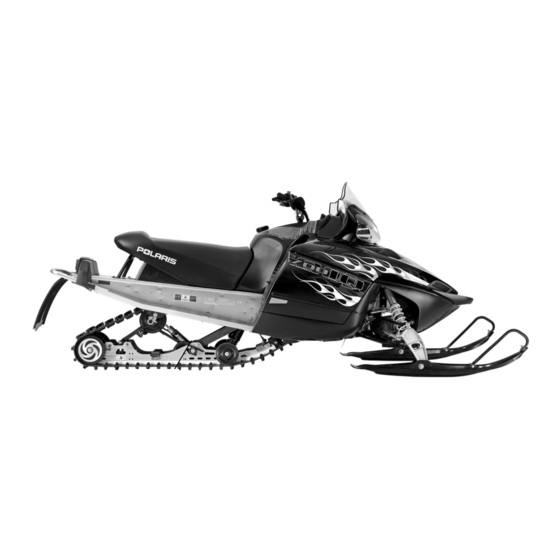
Polaris 600 Dragon SP Owner's Manual
Polaris 2009 snowmobile owner's manual
Hide thumbs
Also See for 600 Dragon SP:
- Service manual (308 pages) ,
- Owner's manual (129 pages) ,
- Service manual (22 pages)
Table of Contents
Advertisement
Quick Links
Advertisement
Chapters
Table of Contents
Troubleshooting
















Need help?
Do you have a question about the 600 Dragon SP and is the answer not in the manual?
Questions and answers